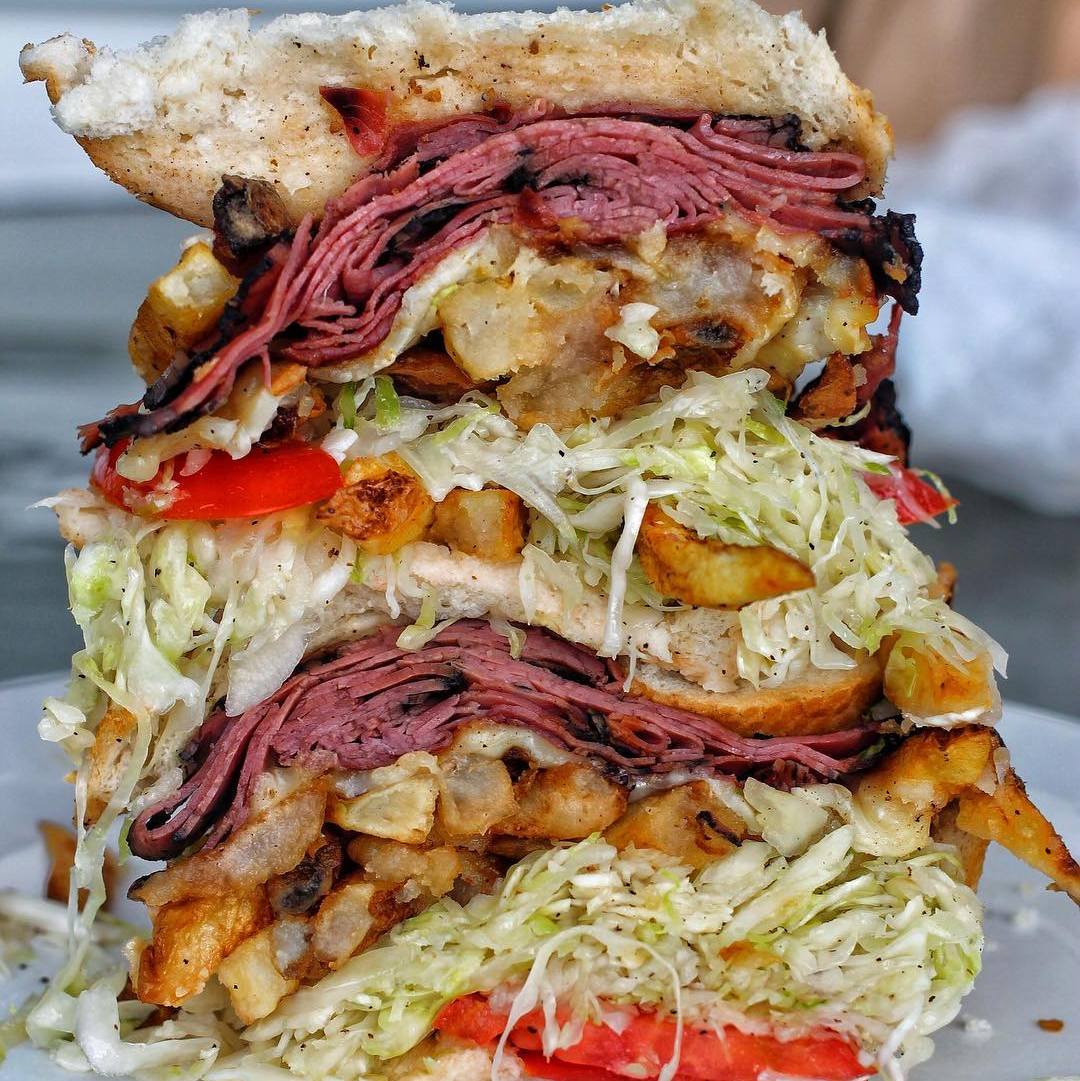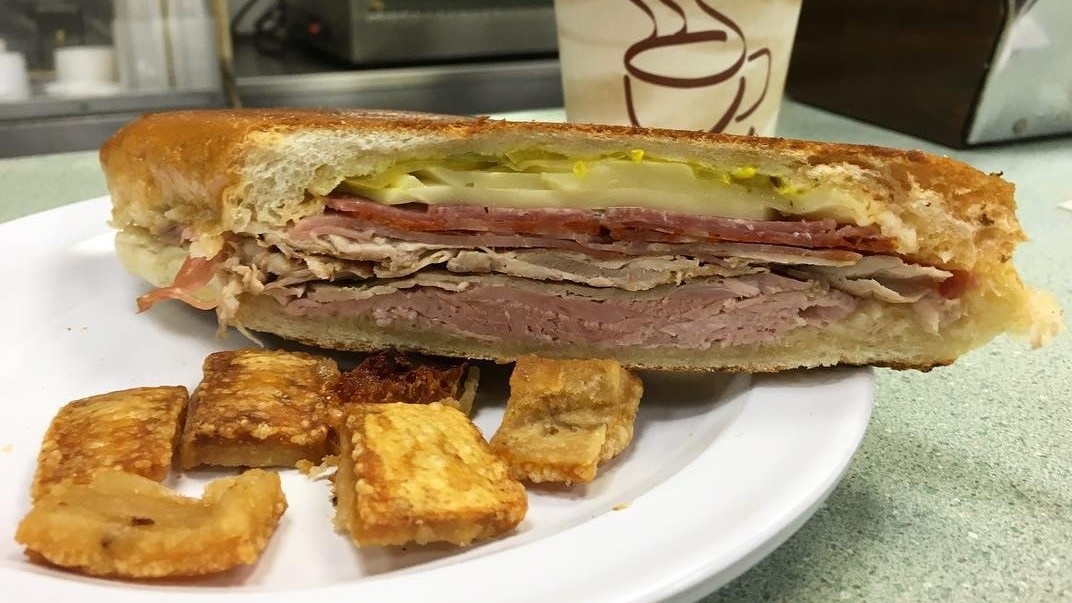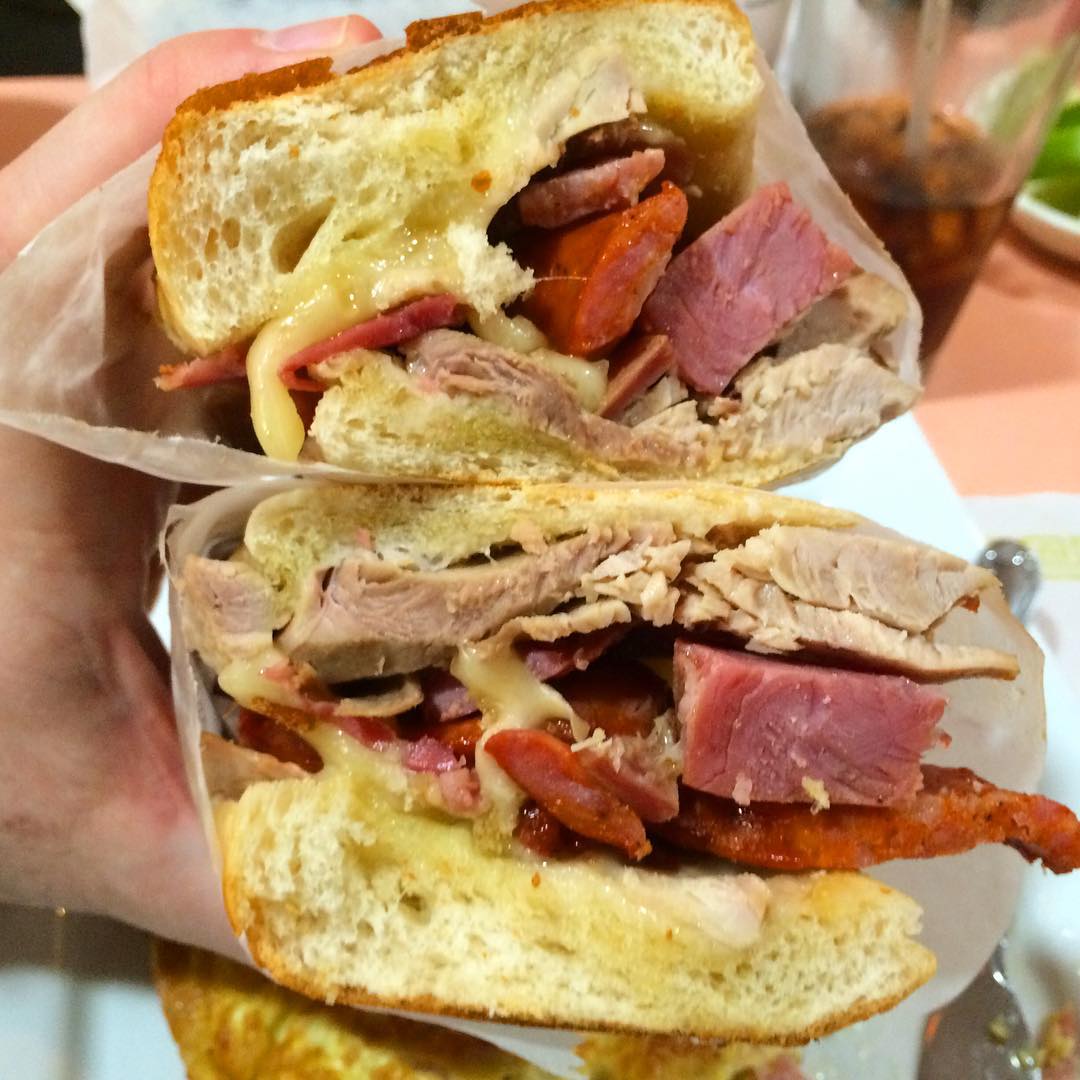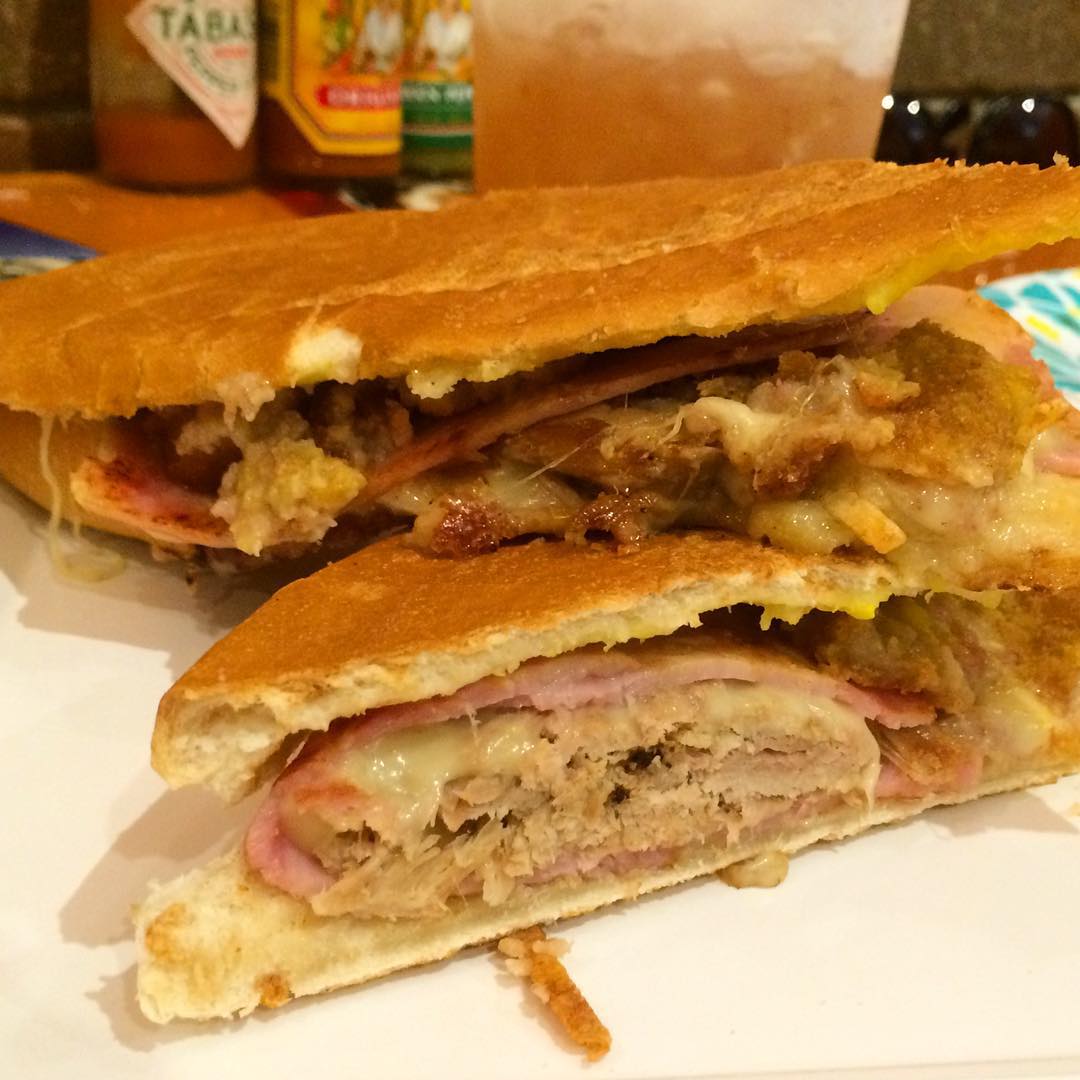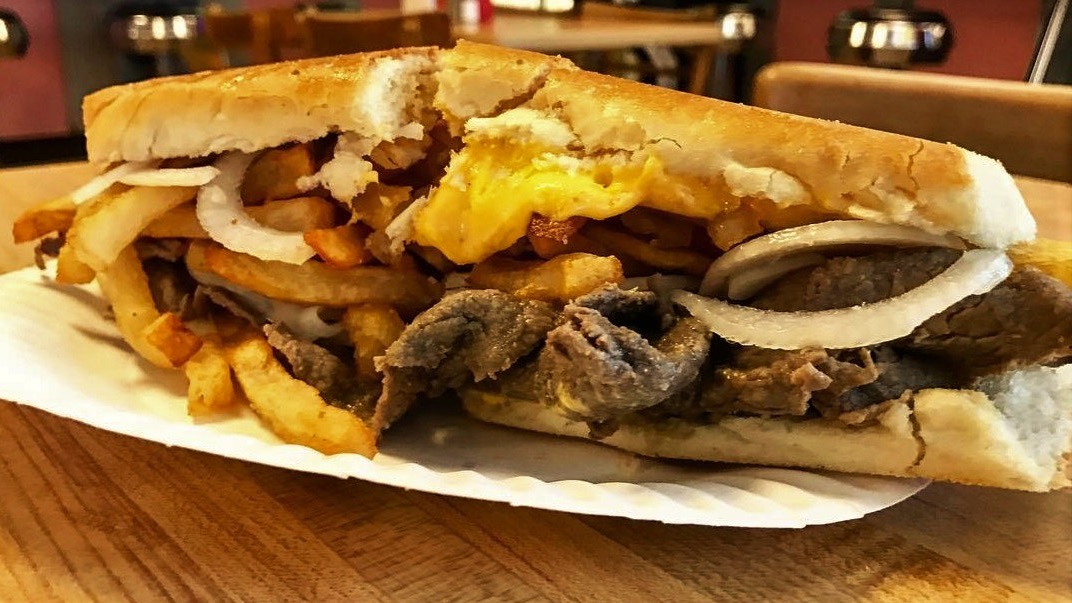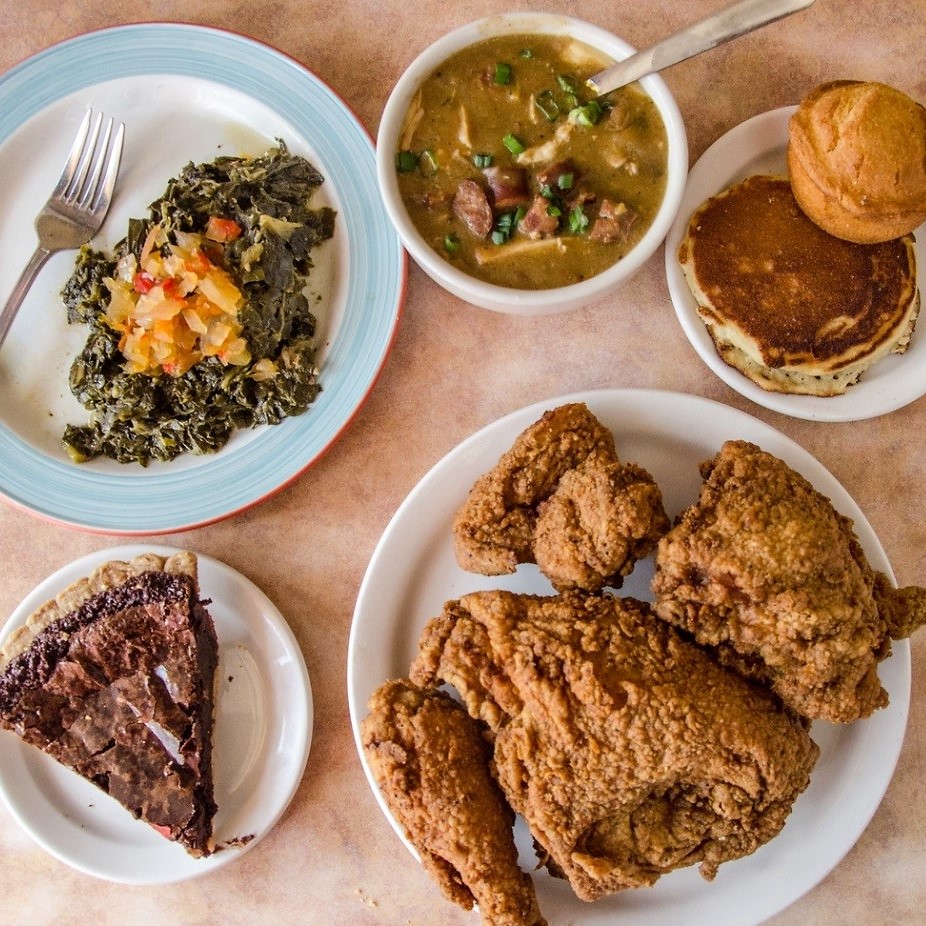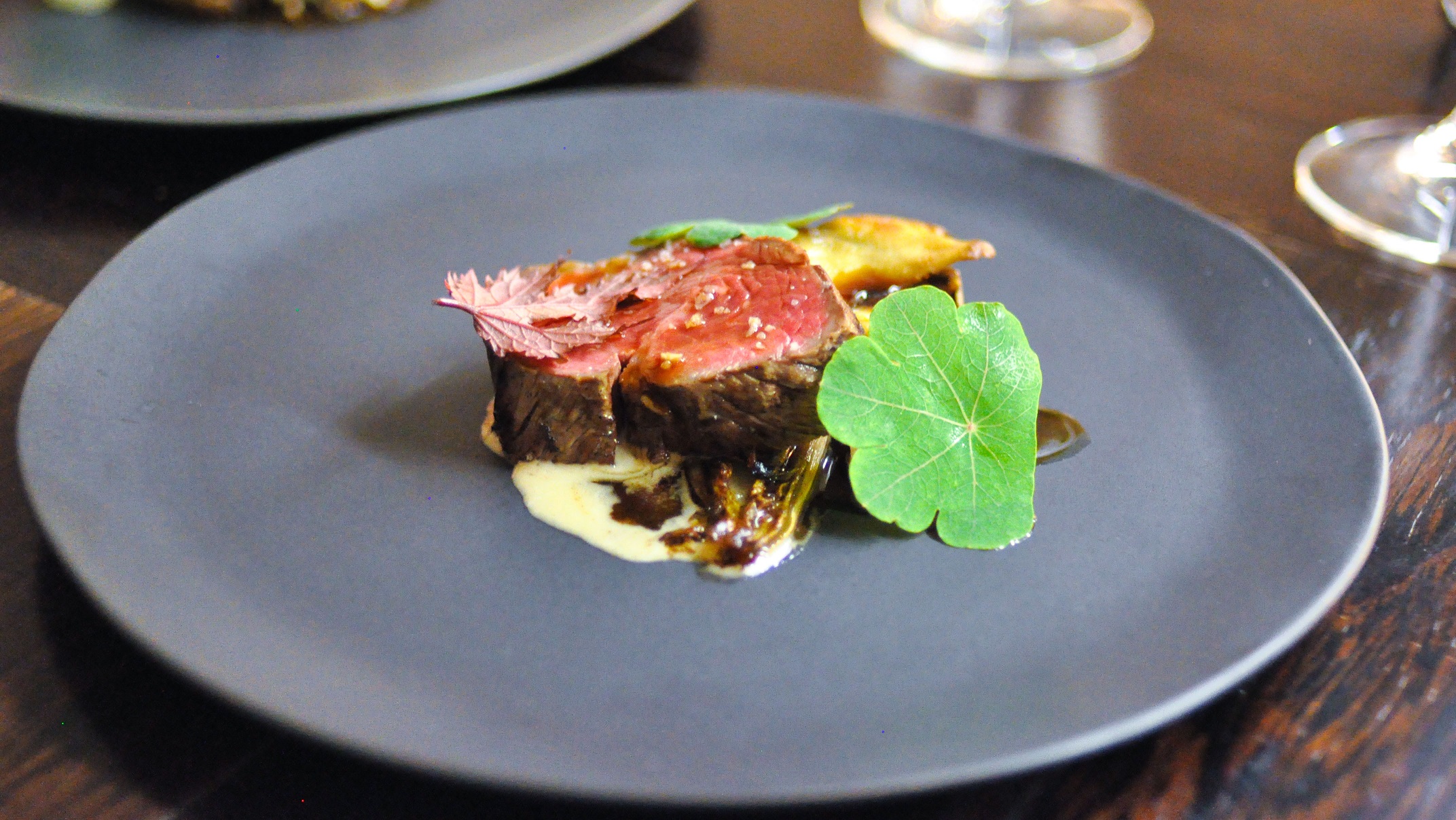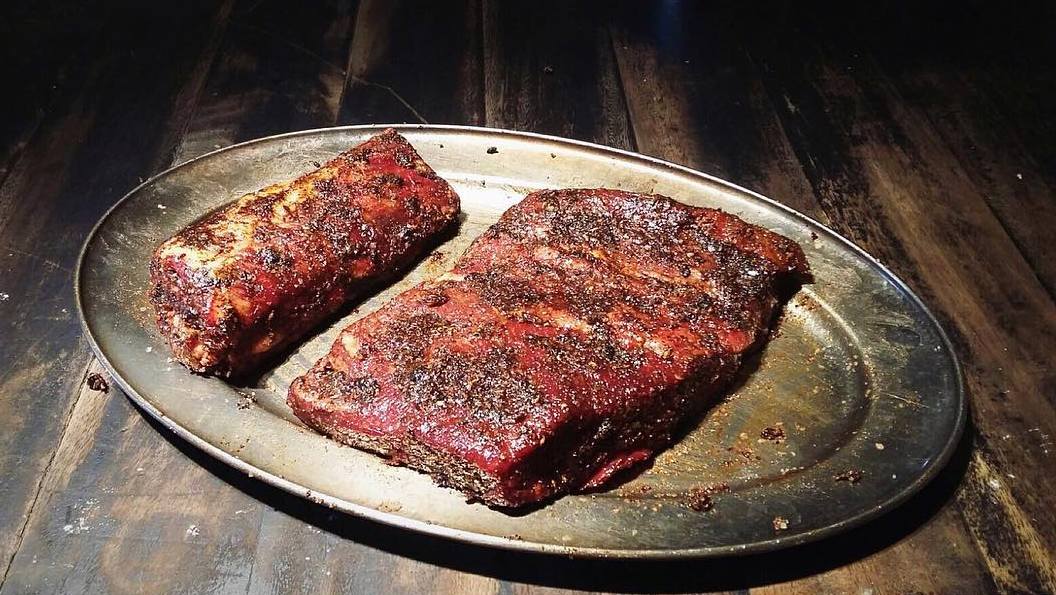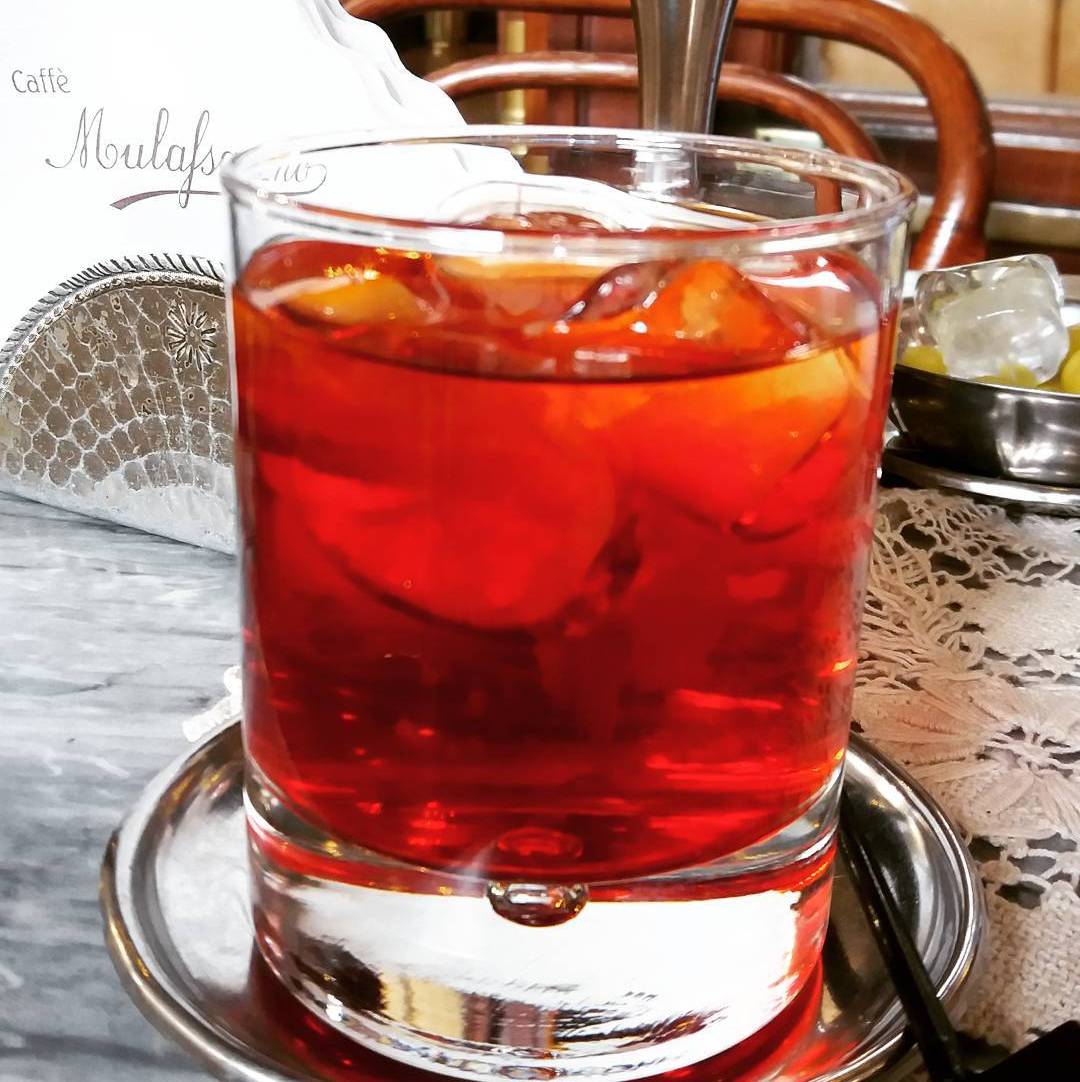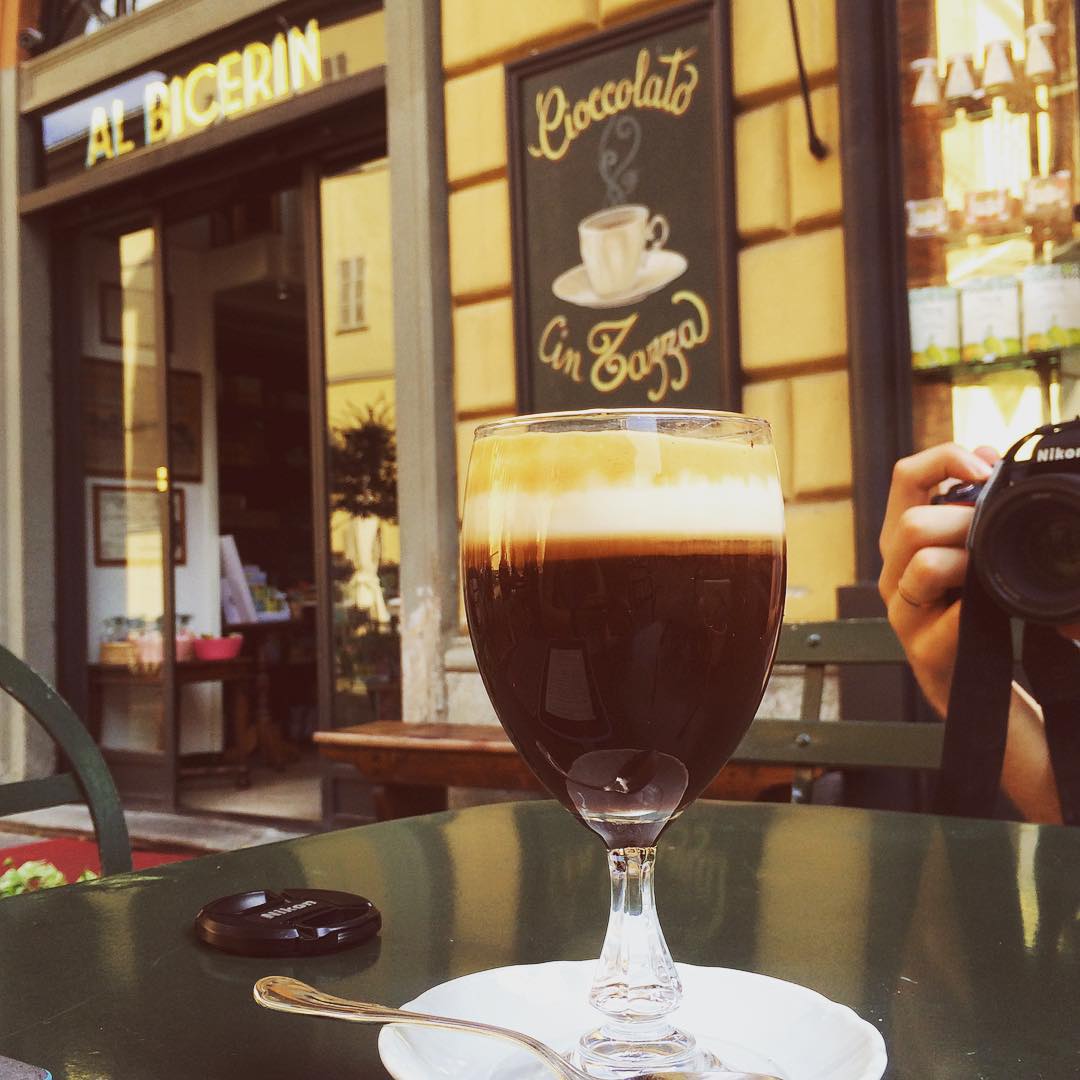Long-running Pittsburgh-born eatery is known for its overstuffed sandwiches piled high with coleslaw and french fries. It’s an edible Pittsburgh institution. You can get it with salami. Or with turkey. Or roast beef. Or even with no meat at all. But it's not a Primanti Bros. signature sandwich without a generous serving of crunchy, tart coleslaw, tomato slices and crisp french fries piled high on top of soft Italian bread. Onions are available on request. The eatery was born in 1933 during the height of the Great Depression, when Joe Primanti opened a cart in Pittsburgh's Strip District selling sandwiches to hungry truckers. Encouraged by sales and positive feedback, Joe expanded to a small storefront on 18th Street, where he was joined by his brothers, Dick and Stanley, and their nephew, John DePriter. Open 3 a.m. to 3 p.m., the brothers fed hard-working truckers and shift workers “good food for a fair price.” According to John, "One winter, a fella drove in with a load of potatoes. He brought a few of 'em over to the restaurant to see if they were frozen. I fried the potatoes on our grill and they looked pretty good. A few of our customers asked for them, so I put the potatoes on their sandwiches." The rest, as they say, is history. Jim Patrinos bought Primanti Bros. in 1974, which now stays open 24 hours.
Family owned and operated for more than 40 years, La Pola is a small, old-school, counter-service cafe that turns out popular Cuban sandwiches and other Latin specialties. For the best Cuban sandwich outside of Miami, order the Especial De La Casa, which puts a Galician spin on the classic with the addition of pernil, jamón dulce, prosciutto, salami, queso, chorizo and Pepino. All the meats are sliced in house, stacked on Cuban bread, lathered with an intense garlic mojo and grilled to perfection in a small panini press. Add a cafe con leche and a handful of chicharrones for good measure.
Billed as a “Cuban and International Cuisine Bar,” this popular eatery is a great place to sit down and have a meal or just to grab one of their great Latin dishes to go. The diverse menu includes Colombian as well as Cuban cuisine. Don’t miss the Sandwich Gallego, a masterpiece of cheese, roast pork, sausage and Spanish prosciutto on pressed ciabatta bread and served warm. They are known for their "Sandwich De Pollo," but don’t miss the Gallego. It's filled with three kinds of Latino cooked meats. It’s their version of the classic Italian sandwich done Latino: simple, inexpensive and completely delicious.
For a real taste of Cuban cuisine, head to this local favorite in Union City. N.J. The restaurant puts a modern twist on Caribbean/Antillean (Creole) food with an emphasis on its Cuban roots. Don’t miss the Marielito Cubano con Croquetas, which combines a balsero (a traditional Cuban sandwich with grilled ham, Swiss cheese, seasoned roast pork and a mustard sauce) with two crushed ham croquettes inside. It’s muy delicioso!
This no-frills Latin diner owned by native Argentinians offers only two things on their menu: a traditional steak sandwich and smoothies. Why mess with perfection? Their amazing Latin marinated steak sandwich with French fries (American cheese and onions are optional) on toasted Cuban bread keeps fans coming back for more. The menu offers the sandwich in two sizes: “chico," which means child; and "grande," which means large. The grande is big enough to feed two people or have leftovers for lunch the next day.
Pro tip: It’s cash only for a piece of sandwich heaven, Fans say they have one of the absolute best Frita Cubana sandwiches north of Miami.
Opened by Jack and Rose Arnold in 1982, this award-winning family-operated cafeteria-style diner is famous for its Southern and soul food classics served from a cafeteria-style steam table and tray line. Famous for its excellence in “meat-and-three” fare, the long-simmered greens, perfectly crisp fried green tomatoes and cooked-to-order cornbread have won a legion of fans. Featured in such publications as “Maxim,” “Southern Living,” “SAVEUR” and “Bon Appetit” and on the Food Network’s “Diner's Drive & Dives,” the restaurant achieved national acclaim when it was awarded a prestigious James Beard American Classics Award in 2009. Note: The kitchen is only open Monday through Friday from 10:30 a.m. to 2:45 p.m.
Set on a corner on Nashville’s famous Music Row, the exterior resembles your basic neighborhood bar and grill. Looks deceive. Once inside, the hostess directs diners to an elevator waiting to whisk them up to the third floor. The elevator door opens to a hallway filled with twinkling lights. You’ve arrived at the Catbird Seat, an American English idiomatic phrase used to describe an enviable position. The food is as dramatic as the setting. Executive chef Ryan Poli, who has worked in some of the world’s most celebrated kitchens and extensively traveled throughout Spain, France and Asia, turns out some of the best Modernist cuisine in the country, featuring dishes like Parmesan and porcini Oreos; kimchi-wrapped cod prepared with avocado, kiwi and melon rind; and local pigeon served with soy-infused, caramelized yogurt. The restaurant serves only 28 people each evening, making it one of the hardest reservations to get in the country. Pro tip: Pre-paid reservations can be made 30 days in advance of the date on the restaurant’s website. Sales are final.
Opened by chef-restaurateur Andre Chiang in 2013, this modern barbecue eatery is ranked No. 14 on Asia’s 50 Best Restaurants 2016. Australian Chef Dave Pynt, who worked with charcoal master Victor Arguinzoniz at Asador Etxebarri in Spain, is renowned for his incredible barbeque. Pynt smokes, slow roasts, hot roasts, bakes, grills and cooks directly on coals up to 700 degrees in a 4-ton, dual-cavity oven and three elevation grills fired by fragrant apple and almond wood. With only 17 coveted counter seats looking directly into the open kitchen, reservations are a must. Diners choose from a daily printed a la carte menu. A wonderful sourdough opens the meal. Delicate snacks include smoked quail eggs with caviar, sweet beef marmalade with pickles, garlic shoots with gremolata, and crispy salmon skin. In addition to hefty slabs of beef and whole fish, look for mains of roasted quail and aioli and pulled pork with slaw and chipotle mayonnaise on a brioche bun. The wine list focuses on small growers, regional styles and varietals from Pynt's homeland, while cocktails and craft beers are popular accompaniments. Pro tip: Don't bother saving room for dessert.
Piedmont was at the forefront of the artisanal and industrial production of aperitifs (alcoholic drinks served before a meal) in the 18th century. Household names such as Cinzano, Vermouth and Martini all hail from the region. This historic cafe on Piazza Castello, once the exclusive hangout of royals and performers at the nearby Teatro Regio opera house, is the ideal location for whetting your appetite before dinner with its house-made Vermouth. Try it (or a cocktail made with it if you don't fancy the drink straight) with some stuzzichini (savory appetizers) such as one of their 40 different tramezzini. The café claims it invented the triangular-shaped sandwiches.
Opposite the beautiful Santuario Basilica La Consolata, this historic café opened its doors in 1763. The cafe is best known for its invention of bicerin, one of Turin's signature drinks made with layers of espresso coffee, chocolate and cream. You can also savor hot chocolate, zabaglione and toasted chocolate sandwiches in this charming, old-world locale. This is another Torinese address on the Locali Storici d'Italia (Historical Places of Italy Association) list.


